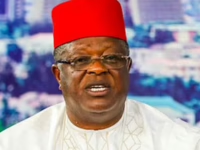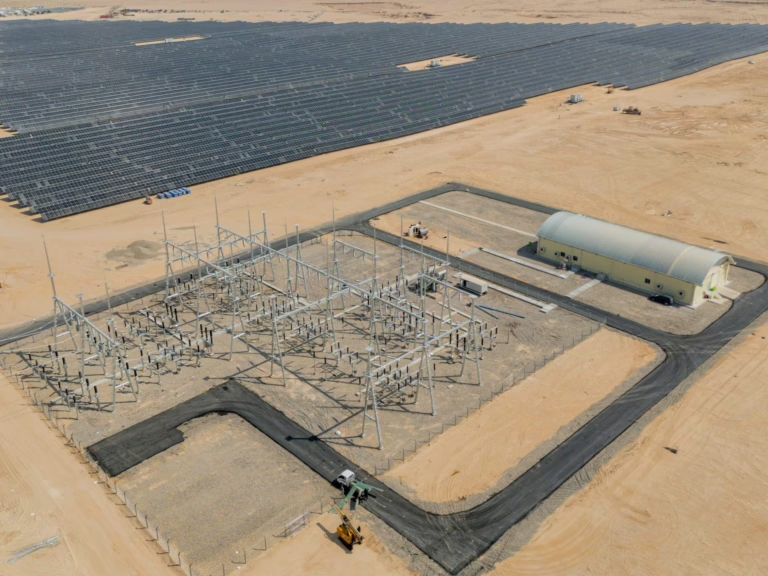To address its ongoing electricity challenges, Iraq is progressing with multiple solar energy initiatives.
Iraq is preparing to launch its inaugural large-scale solar power facility in the expansive desert region of Karbala, marking a significant step toward resolving the persistent power shortages that have caused frequent blackouts nationwide.
According to local media, this solar plant-the largest in the country-is scheduled to open on Sunday and is expected to generate up to 300 megawatts at full capacity.
The installation features tens of thousands of solar panels arranged systematically across approximately 4,000 dunams (equivalent to 1,000 acres or 400 hectares) in the al-Hur district of Karbala, situated southwest of Baghdad.
Nasser Karim al-Sudani, who leads the national solar energy project team within the prime minister’s office, revealed that another solar facility under development in Babil province will have a capacity of 225 megawatts. Additionally, plans are underway to commence construction on a massive 1,000-megawatt solar power station in Basra, located in southern Iraq.
قطاع الطاقة 🇮🇶 | الاول في العراق.. صحراء محافظة كربلاء المقدسة تكتسي بالألواح الشمسية مع تواصل مشروع انشاء محطة كهرباء للطاقة الشمسية ستولد 300 ميغاواط من الطاقة الكهربائية pic.twitter.com/ZTn9MwArat
– مشاريع العراق – Iraq projects (@IraqProjects) July 29, 2025
Translation: Iraq’s first solar power plant is taking shape as the desert in the sacred Karbala Governorate becomes covered with solar panels, set to produce 300 megawatts of electricity.
These initiatives form part of a broader strategy to fulfill a significant share of Iraq’s electricity demand through expansive solar power installations, which aim not only to alleviate the energy crisis but also to minimize environmental damage caused by greenhouse gas emissions.
Deputy Minister of Electricity, Adel Karim, stated that Iraq currently has solar projects totaling 12,500 megawatts in various stages-whether underway, awaiting approval, or in negotiation. Excluding the semi-autonomous Kurdistan region, these projects could potentially cover up to 20% of the nation’s overall electricity consumption.
Despite Iraq’s abundant oil and gas reserves, the country has long struggled with electricity shortages, a problem rooted in decades of conflict, corruption, and inefficient management.
This summer, national electricity demand surged to approximately 55,000 megawatts amid extreme heatwaves, with temperatures soaring above 50 degrees Celsius (122 degrees Fahrenheit) in some locations.
Currently, Iraq’s electricity production reaches around 28,000 megawatts, including roughly 8,000 megawatts generated from natural gas imported from neighboring Iran and supplied to Iraqi power plants, according to Deputy Minister Karim.
However, these vital energy imports from Iran have encountered numerous obstacles over time, largely due to unilateral sanctions imposed by the United States aimed at pressuring Tehran over its nuclear ambitions and military developments.
In March, the U.S. government announced the termination of a sanctions exemption that had allowed Iraq to purchase electricity directly from Iran-a waiver that required renewal every 120 days. Nonetheless, another exemption permitting Iraq to import Iranian natural gas for power generation remains in effect for now.
Iran itself is grappling with severe energy shortages, which have further complicated its ability to export electricity to Iraq.






















